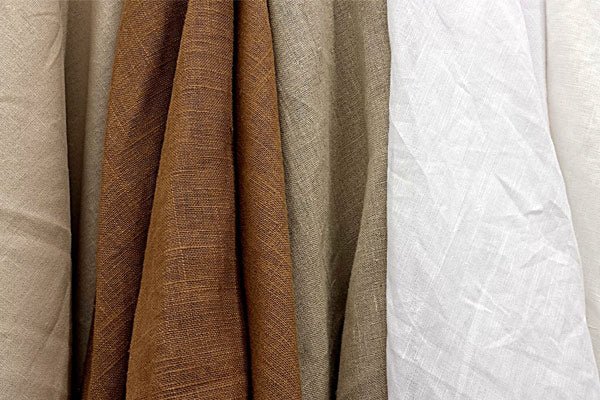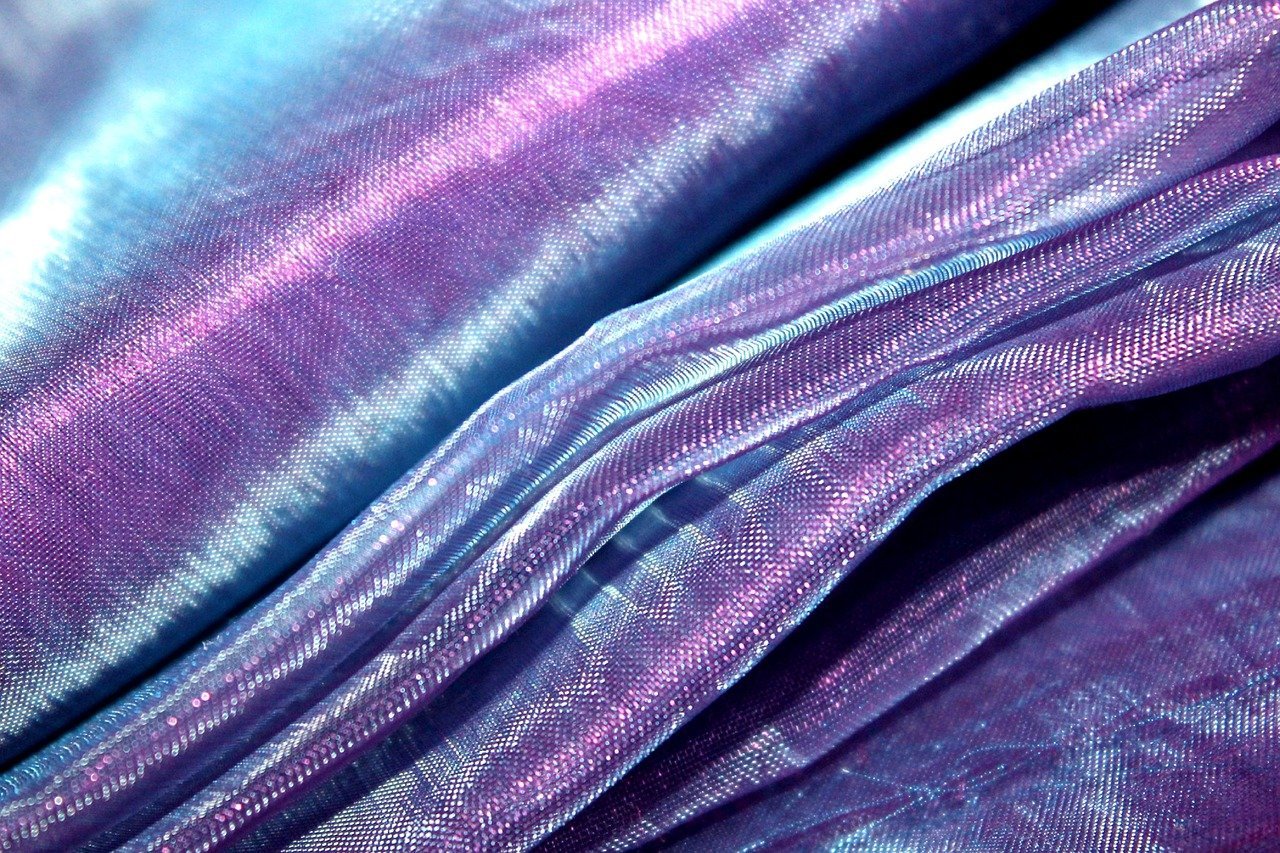Muslin is one of the cotton fabrics that used to be a premium tissue. Although it is often thought that the cloth originated in Mosul's Iraqi city, the cloth was probably originated in ancient India, despite its name. This early kind of muslin, known as Jamdani, was often coloured brilliantly and modelled while it was almost light and pure. The best grades of muslin, which are uniformly spun chaffs and fabrics or fillings, are fine and smooth in structure. The finish is soft, bleached or piece-colored and is patterned or printed. Sometimes in the loom, t he coarser types of yarn and textures are frequently uneven, bleached, unbleached or piece teased and are usually completed with sizing. Muslin grades are identified by book, mull, swiss and book names. Early Indian muslin handwoven threads were exceedingly fine. They were introduced from India into Europe in the 17th century and afterwards produced in Scotland and England.
HISTORY OF MUSLIN
India has been recognised worldwide for its textiles since ancient times. Muslin, predominantly made in Bengal and Orissa is one such notable cloth. But the Dhaka muslin was of the highest quality.
The application of muslin is history-wide transparent. The Nawabs of Bengal often employed Muslin. Murshid Quli Khan the very first Nawab in Bengal sent muslin to the emperor of Mughal. In summer, the Emperors dressed in a kind of muslin known as the Malma Khash and Nawab's Badsha and Amir. The Muslin's development was mostly due to empress Nurjahan during the Mughal Empire. For the Mughal harem, she chose Muslin. Muslin was also imported significantly by Europeans in order to produce elegant shirts, dresses and clothes for children. The semi-sheer muslin robe of Josephine Bonaparte is famous for his painting.
Almost when muslin manufacture started in India, however this is not certain. In his works, nevertheless, a sort of fabric that has a remarkable similarity to Modern Moslems, Greek Ambassador and Historian Megasthenes, assigned to court at Chandragupta, the Mauryan Emperor in the 3rd century BC. In East and West ancient history, that is Europe and the Chinese Empire, the allusion to a textile was made that was as translucent and delicate as the web of spiders and foam as white robes. Historians have believed that Muslin's past is quite old. Arab traders acquired several types of clots in the first century AD from India, among others, Muslin, and transported them into Ethiopia and Egypt across the Red Sea for ivory, turtle shells, and rhino horns. From then, Muslin expanded across Europe, including the Roman Empire, with the assistance of Greek traders. Muslin exports to Thailand and China have also had a history.
Due of the delicate and refinement of the yarn, the weavers had to be highly skilled in weaving a muslin tissue. The loom used to weave muslin was also unusual. Muslin was a complicated and skilled manufacturer. In old muslin sarees, depending on the type, 700-1200 yarn counts were employed. The more the number of yarn, the higher the slender and finer the fabric. Muslin fabric is extensively utilised in different types of beauty and usage as a sign of royalty.
DOWNFALL OF THE FABRIC
Weavers from Dhaka, Bangladesh, utilized the process called the discontinuous wafting technique to produce this extremely thin cloth. The weaver had to work in this technique two layers of tissue—one as fine as the silk for spinners to retain the tissue and the other as a design. With the use of fine bamboo sticks, each design motif was stitched separately to interlace pattern threads with warp threads.
Although the European merchants who traded on the subcontinent bought and shipped Muslin to Europe at extravagant rates, the company had to trade Muslin for cash, gold and silver, because no market for European products existed. The Muslin patronage came to an end as well as the loss of exclusive purchasers. Moreover, following the battle of Palashi, the persecution of the East India Company and its domestic servants made the weavers' plight much worse. The Indian subcontinent was ruled by the East India Company before the British established direct sovereignty in India.
RE-ESTABLISHMENT OF MUSLIN
In the first quarter of the 19th century cotton muslin became the highest in mode, even in winter today it is valued as one of the most luxurious fabrics for embroidery materials and more.



Leave a comment
This site is protected by hCaptcha and the hCaptcha Privacy Policy and Terms of Service apply.